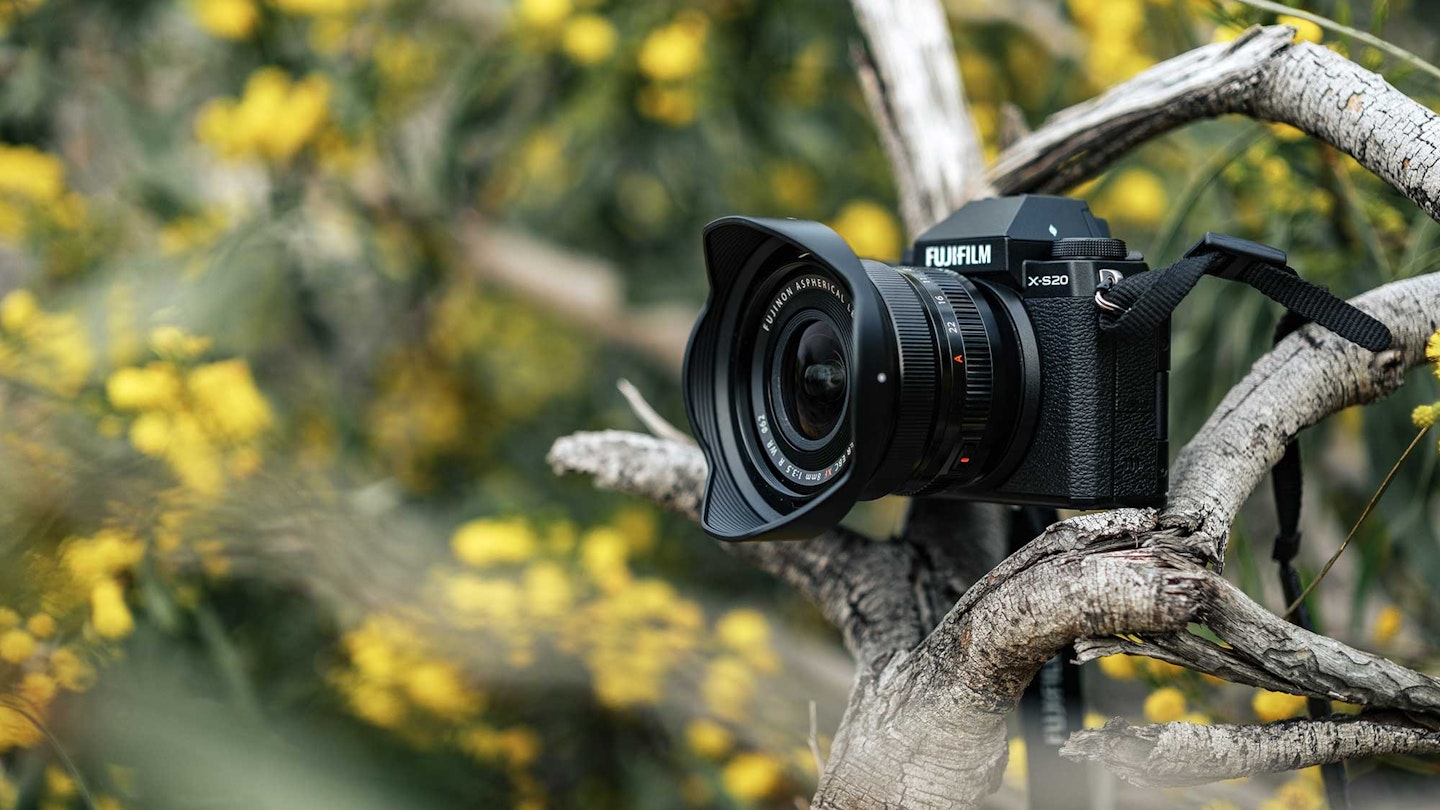If you’ve only been taking photos in the 21st century, digital photography may be all you know. But before the remarkable technology of digital cameras became mainstream, film ruled the photographic roost.
Little canisters containing rolled strips of plastic coated in photosensitive chemicals would be loaded into cameras where they’d be wound out one frame at a time. Depending how much you’d spent, you’d likely get a maximum of just 24 or 36 shots per roll, before rewinding the film back into its canister.
Make the mistake of opening the back of the camera and exposing the film to the daylight, and all your images lying latent in the chemistry would be lost. Once re-ensconced its light-tight canister, the film could be taken to your local processing lab to be turned into negatives and prints or, if you were the flash pro type, transparency slides. If you were really in a rush and didn’t mind spending the money, you could get your photos in as little time as 1 hour. Then, and only then, would you find out if they were any good.
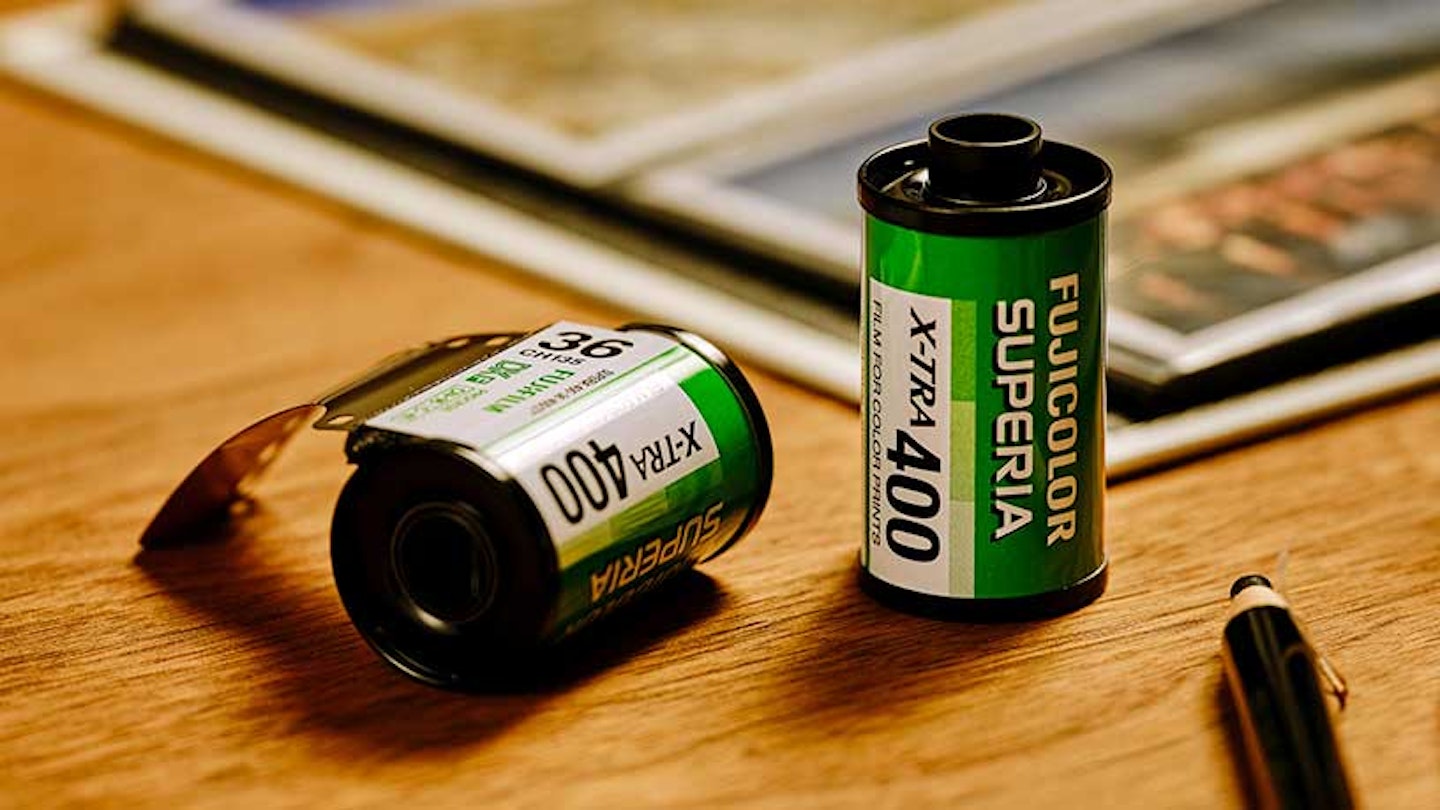
Many photographers regard these as halcyon days, and ‘analogue’ photography has seen something of a resurgence in recent years. Once of the great selling points of film was that each one had its own unique qualities. And nowhere was this more obvious than with Fujifilm’s stable of photographic films. From their pro-spec Provia and Velvia transparencies (the latter a particular favourite of mine), to their Reala (colour) and Acros (monochrome) negative films, each one of Fujifilm’s many, many films offered a unique blend of hue, contrast, and saturation, with landscape and outdoor photographers particularly being enthusiasts of the results. But, as we’ve already touched on, film is a bit of a faff, and its advantages compared to digital photography somewhat niche:

But what if there was a way to combine the advantages of digital photography with the artistic merits of film? Well, there is: Fujifilm X Series Mirrorless Cameras.
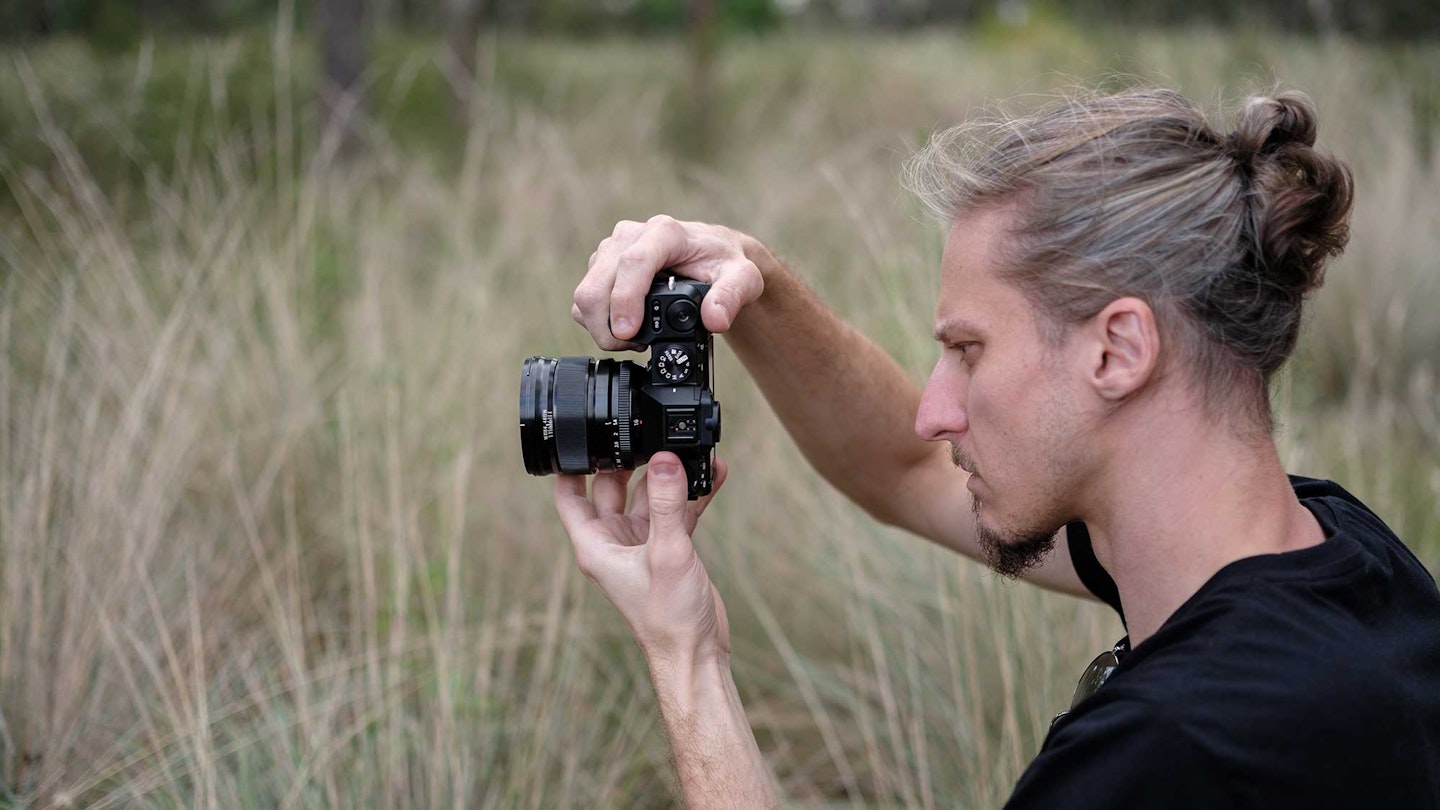
Fujifilm X Series Mirrorless Cameras
Fujifilm tells us that their X Series mirrorless cameras are “the perfect companions for people wanting to capture their memories in the highest quality possible”. A quick look at the range on their website would certainly seem to reinforce the fact that Fujifilm have a camera for almost every photographer. If you’re a pro looking for maximum speed and quality, there’s the X-H2S. Want something that looks and handles like a classic SLR (single lens reflex) but performs like a modern digital? The X-T5 should be on your radar. And if you’d like a compact camera that shoots images with a quality more usually associated with larger, bulkier camera kits, the X100VI is hard to beat.
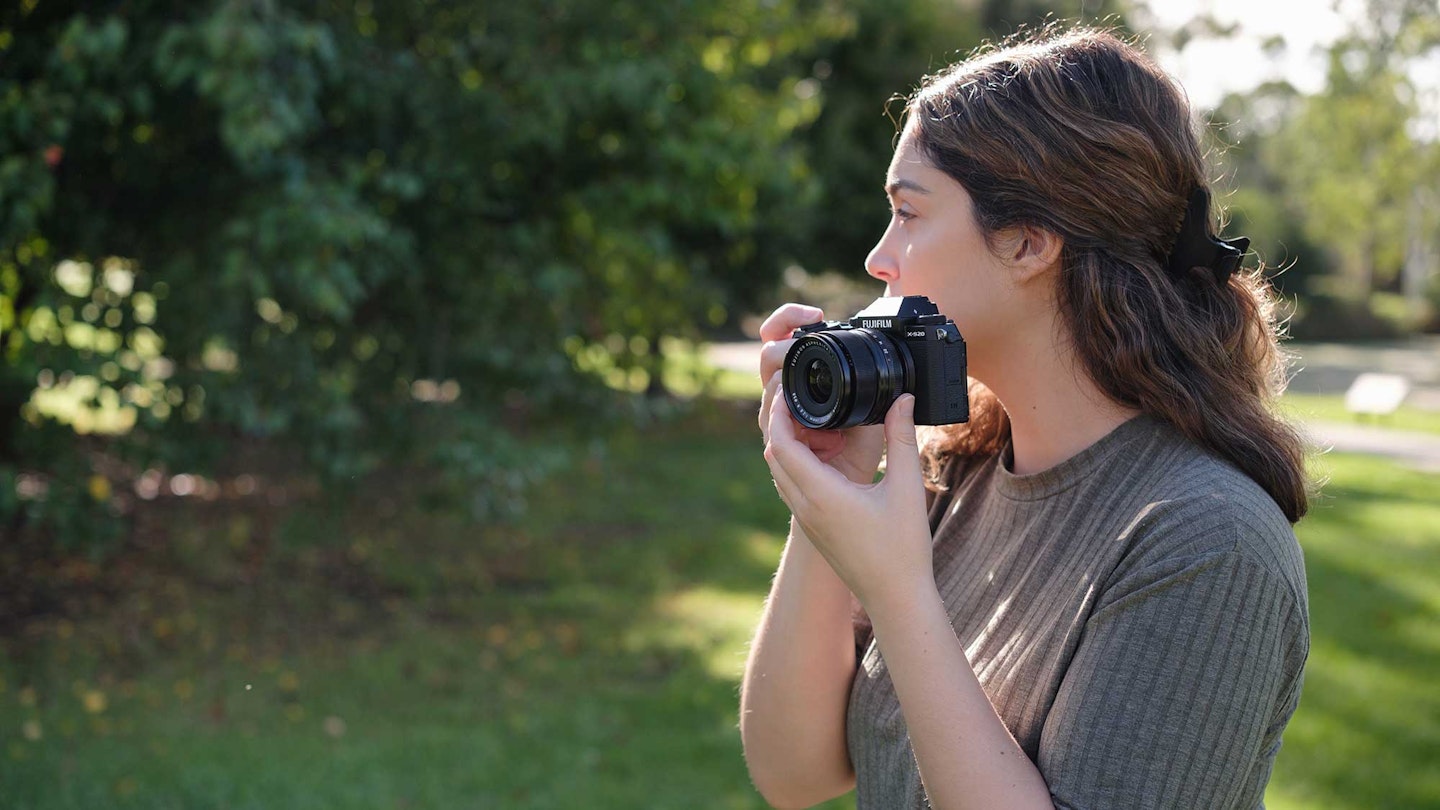
Between these specific cameras on the Fujifilm X Series spectrum is a smorgasbord of other models, such as the X-S20 – a camera that manages to balance classic retro styling with exceptional image quality and state-of-the-art performance in a body that’s about as portable and lightweight as interchangeable lens cameras come. And all of these cameras (with the exception of the fixed lens compact X100 cameras) give access to the wealth of fantastic Fujinon lenses that form the other half of the X Series system, ensuring that whatever your photographic need, Fujifilm can meet it.
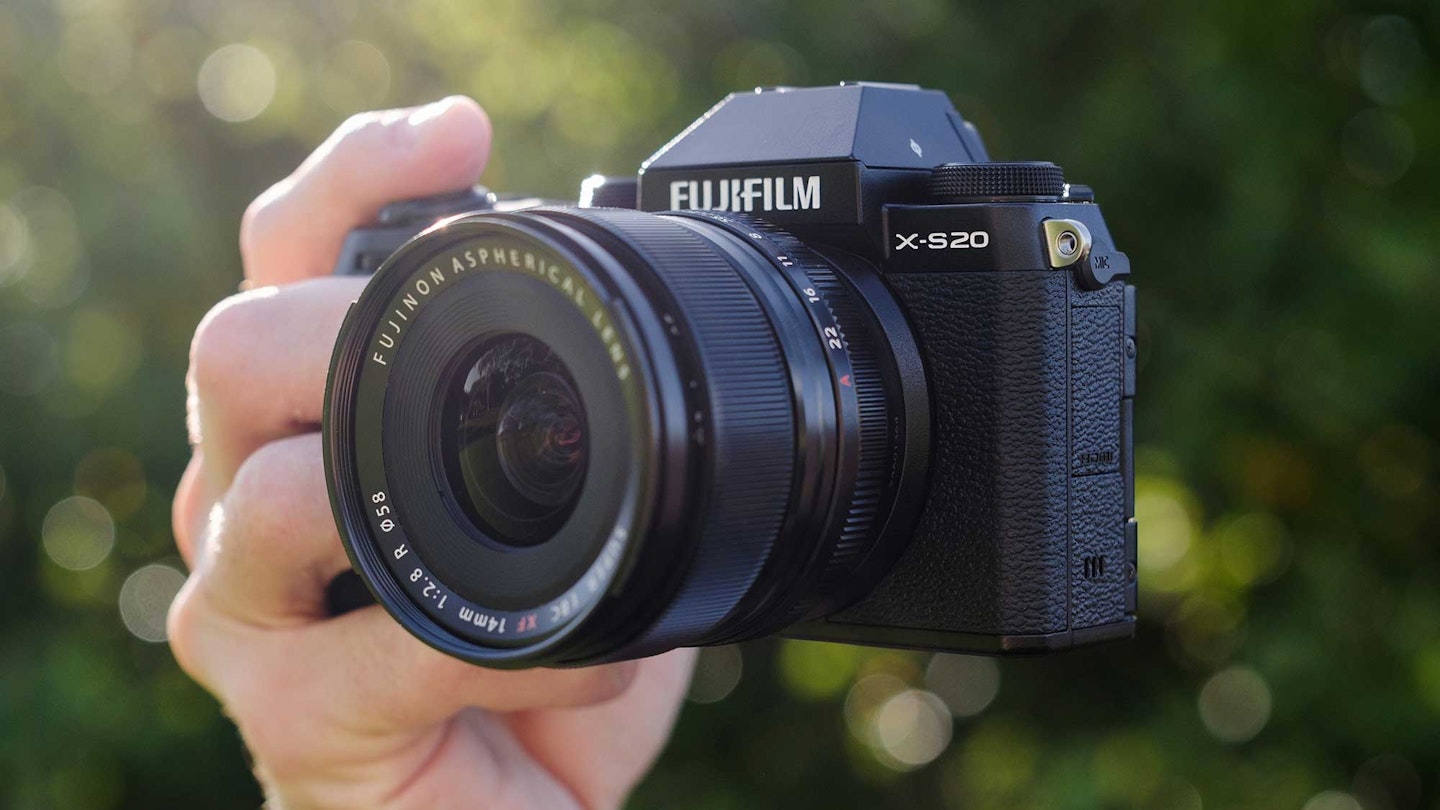
Take a deeper look at the specs of any of the X Series cameras and you’ll soon see that they’re bursting with the kind of cutting-edge technology that puts them right among the top players in the league of modern digital camera brands. But there’s something specific that the X Series cameras offer that’s unique to them and might, in the eyes of some photographers, put them at the top of their wish list: Fujifilm’s ‘Film Simulation modes’.
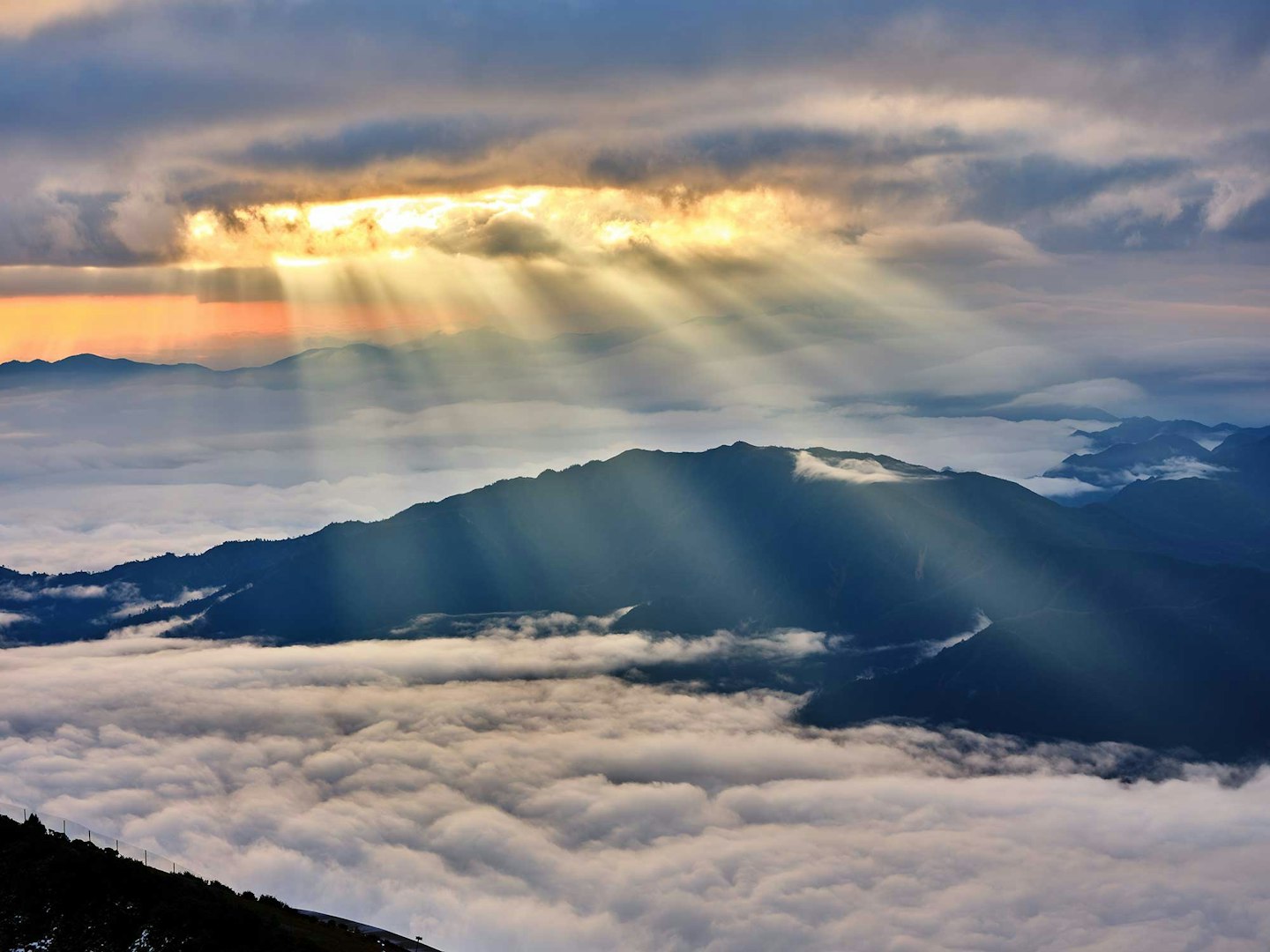
Fujifilm Film Simulation modes
The Key USP of the Fujifilm X Series cameras are the ability to use our historic ‘film simulations’ which mimic the look of film and give stunning colours straight out of cameras. With a selection of film simulations, you can make your photographs and videos look like films of years gone by.
That’s the official marketing blurb from Fujifilm on their Film Simulation modes, but as a photographer who has historically used a range of Fujifilm’s negative and transparency films and currently totes a Fujifilm X-Pro3, I can confirm that they’re not just talking the talk. As far as their Film Simulation modes go, Fujifilm are very much walking the walk.

For example, the Velvia mode offers the same boost in colour saturation and contrast that the transparency film did, which is why it was always my go-to for landscape and nature photography. The REALA mode gives the same slightly vintage feel that I remember from back in my negative shooting days, and the ACROS black & white mode has me reminiscing about the chemical smells of my old dark room. And there are loads more – you can see a full rundown of the Film Simulation modes here on Fujifilm’s website.

But you don’t need an existing familiarity with Fujifilm’s analogue film stock to get the most out of these simulation modes. In addition to replicating the traditional characteristics of film, the simulation modes also offer an alternative to some of the colour modes typically found on digital cameras. The PROVIA mode is the ‘standard’ setting that’s suitable for most subjects; it’s the X Series camera’s default Film Simulation mode, one which provides faithful colour reproduction with moderate contrast and sharpness. Velvia’s bold colours are an alternative to a camera’s ‘vivid’ setting, delivering vibrant images with lots of impact. And the ASTIA Film Simulation mode serves as the X Series cameras’ ‘soft’ setting, delivering colours with extra saturation but a softer contrast, making it a good choice for fashion, interiors, and portraits.
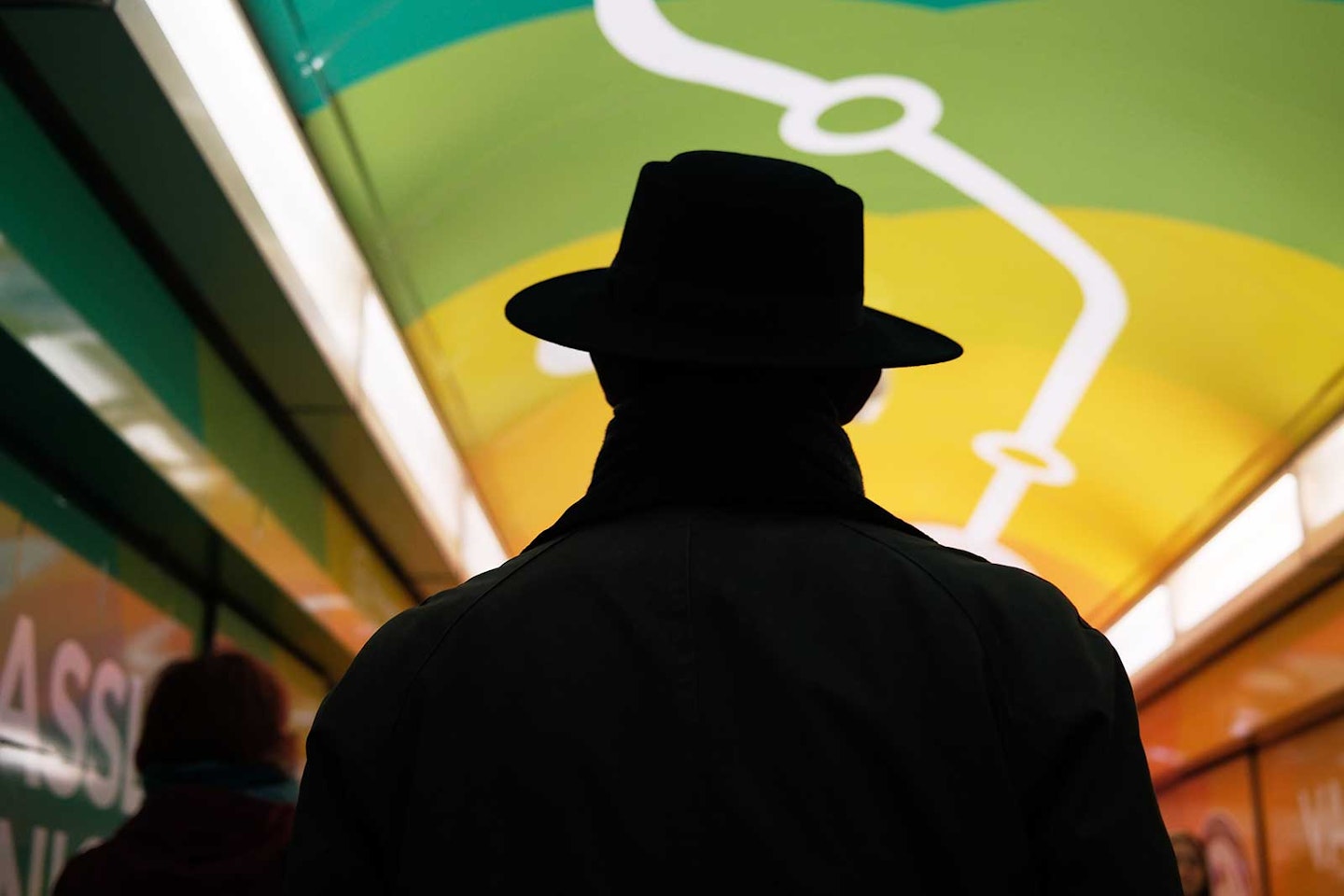
Any digital photographer can enjoy Fujifilm’s Film Simulation modes just through experimentation, even if they don’t have a working knowledge of the films themselves. Of course, there’s an argument that these tweaks and effects could be added later, in Photoshop or some such software, but the advantage of Fujifilm’s Film Simulation modes are two-fold. Firstly, the in-camera solution removes the need for extensive post-processing.
Better still, it allows you to see the effects as they’re applied, allowing you to select the best mode for the scene in front of your lens. But most importantly, the Film Simulation modes take all the expertise and experience of Fujifilm, along with that of the photographers who have used and loved Fujifilm’s colours over the decades of pre- and post-digital photography, and puts it at your fingertips in the X Series cameras.

